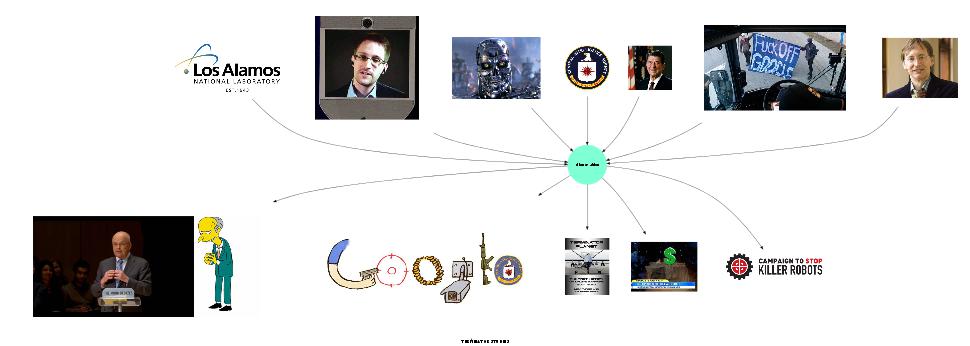Recognized as a mathematical prodigy, he began to study advanced calculus under Gábor Szegő at the age of 15. On their first meeting, Szegő was so astounded with the boy's mathematical talent that he was brought to tears. Along with Teller and Stanislaw Ulam, von Neumann worked out key steps in the nuclear physics involved in thermonuclear reactions and the hydrogen bomb.
